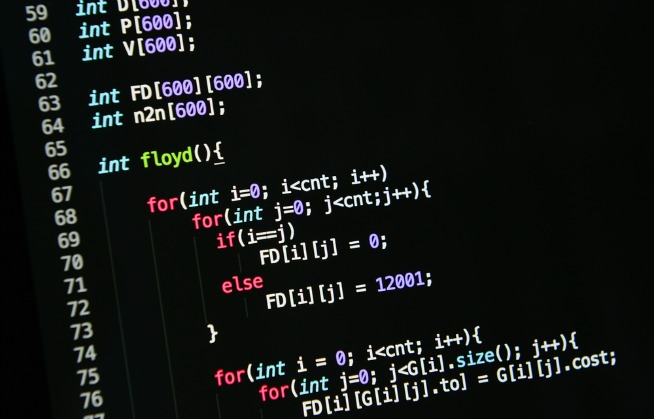Among the most common are C, C++ and Java but there are also alternatives, from Python to the more specific B# up to the services offered by Google and Apple
Internet of Things, or in its abbreviated form IoT, is now becoming a familiar term for technology enthusiasts and not. More and more “smart” objects are surrounding our everyday life. Less well known are the programming languages that underlie the IoT.
Programming languages in the Internet of Things.
The most popular choices in the creation of devices inherent to the Internet of Things category fall mainly on three languages: C, C++ and Java. C is one of the earliest programming languages, it is considered very useful in the design of intelligent objects as it does not require much processing power. C++ as the name suggests expands the potential of the C language, and is therefore used in more complex devices. For example in thermostats with artificial intelligence. When you need a large computing power the most used programming language is Java.
The alternative offered by Python
(Taken from YouTube)
Java has among its advantages the portability and the fact that it is commonly taught. Which makes it universal. Plus it’s fairly lightweight compared to the work it allows you to do. Developers looking for more flexibility than C and Java, however, use another programming language: Python. This language is widely used in the development of web applications, and is trying to expand its field of expertise in the IoT as well. Although according to many experts, and also according to several developers, Python will never make the definitive “big leap”. Un suo rivale nella programmazione di applicazioni web è Javascript che a sua volta sta provando a influenzare anche il mondo dell’Internet of Things con il suo linguaggio. Ma che per potenzialità lascia ancora gli stessi dubbi di Python.
Altri linguaggi di programmazione più specifici
 Fonte foto: Shutterstock
Fonte foto: Shutterstock
Linguaggi di programmazione
Se fossimo degli sviluppatori e non volessimo usare il linguaggio di programmazione C, potremmo avvalerci di quello B#. Si tratta di un linguaggio di programmazione di basso livello, costruito partendo da zero, che però può svolgere bene il suo dovere in dispositivi a bassa potenza. B# prende ispirazione da C#. Un’altra versione del linguaggio C, questo però è orientato ai dispositivi progettati da Microsoft. Abbastanza intuitivo e pensato per eliminare alcune ambiguità rintracciate sia in C che in C++. In spite of this however C# is not very popular among developers. Among the advantages of B# we find the possibility of real-time control. If instead we need a language that works on any device among the most recommended we find Assembler. Widely used among low-level languages, it has some shortcomings, among them the lack of assisted work.
Google’s language
The Weave language, by Google and Nest, has what it takes to become very popular among developers if it receives trust and investment inside and outside Mountain View. It’s not an easy task, even if Google also has Brillo, a platform designed for IoT objects. In short, if Weave became popular it would be easy to promote it. Even Apple is not watching. The company has its own open source language Swift. Used by iOS and Mac OS developers. However, for all these programming languages, it won’t be easy to take advantage of the triad consisting of C, C++ and Java, which boast decades of experience and more widespread teaching.
Some of the videos in this section were taken from the internet, thus rated in the public domain. If the subjects present in these videos or the authors have something against the publication, just make a request for removal by sending an email to: [email protected]. We will provide to the cancellation of the video in the shortest time possible.